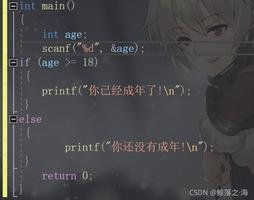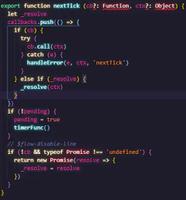关于Vue中的 render: h => h(App) 具体是什么含义?

render: h => h(App) 是下面内容的缩写:
render: function (createElement) { return createElement(App);
}
进一步缩写为(ES6 语法):
render (createElement) { return createElement(App);
}
再进一步缩写为:
render (h){ return h(App);
}
按照 ES6 箭头函数的写法,就得到了:
render: h => h(App);其中 根据 Vue.js 作者 Even You 的回复,h 的含义如下:
It comes from the term "hyperscript", which is commonly used in many virtual-dom implementations. "Hyperscript" itself stands for "script that generates HTML structures" because HTML is the acronym for "hyper-text markup language".
它来自单词 hyperscript,这个单词通常用在 virtual-dom 的实现中。Hyperscript 本身是指
生成HTML 结构的 script 脚本,因为 HTML 是 hyper-text markup language 的缩写(超文本标记语言)
理解:createElement 函数是用来生成 HTML DOM 元素的,也就是上文中的 generate HTML structures,也就是 Hyperscript,这样作者才把 createElement 简写成 h。
Vue.js 里面的 createElement 函数,这个函数的作用就是生成一个 VNode节点,render 函数得到这个 VNode 节点之后,返回给 Vue.js 的 mount 函数,渲染成真实 DOM 节点,并挂载到根节点上。
还有另外一种写法效果是一样的:
import App from \'./App\'new Vue({
el: \'#root\',
template: \'<App></App>\',
components: {
App
}
})
以上是 关于Vue中的 render: h => h(App) 具体是什么含义? 的全部内容, 来源链接: utcz.com/z/375035.html








